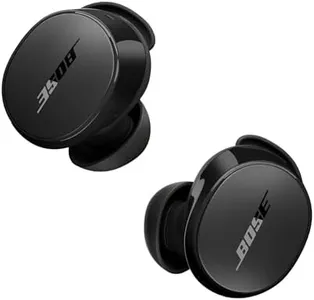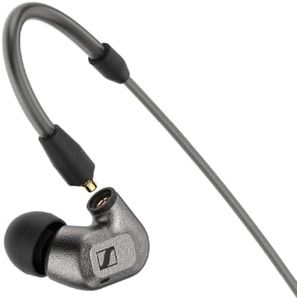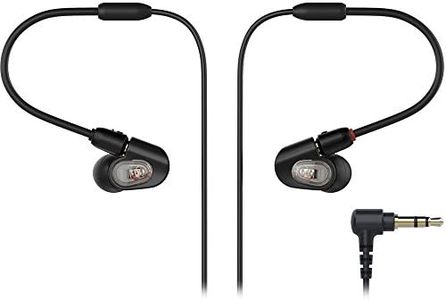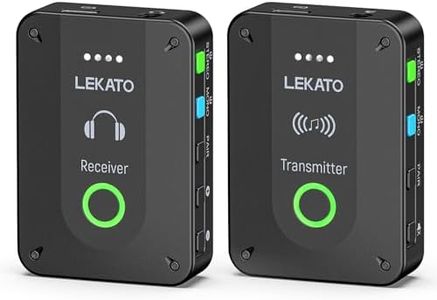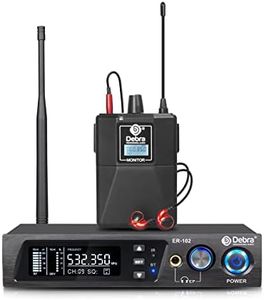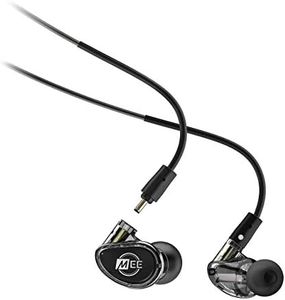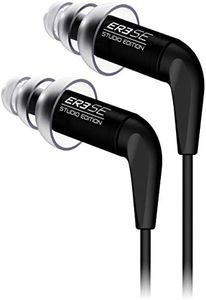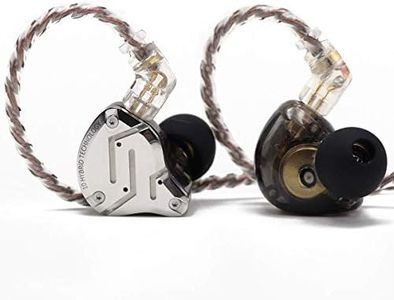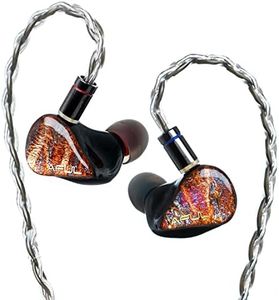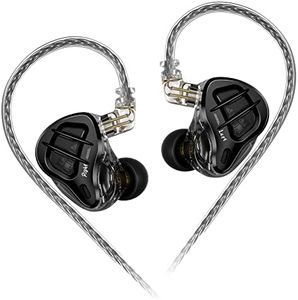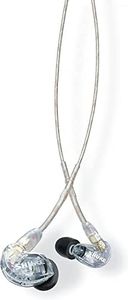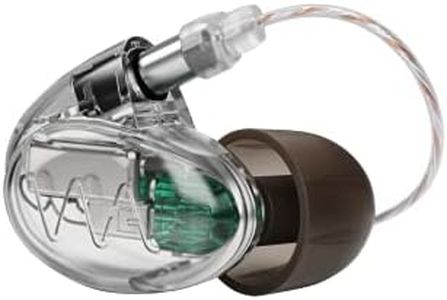We Use CookiesWe use cookies to enhance the security, performance,
functionality and for analytical and promotional activities. By continuing to browse this site you
are agreeing to our privacy policy
10 Best In Ear Monitors
From leading brands and best sellers available on the web.Buying Guide for the Best In Ear Monitors
Choosing the right in-ear monitors (IEMs) can greatly enhance your music listening, on-stage performance, or even casual use. The key is to understand how different features affect both sound quality and comfort, and to think about where and how you'll use them most. Your personal needs—whether it's for professional music work, travel, exercise, or just everyday enjoyment—should guide your decision-making. Before buying, try to clarify what matters most to you: do you need deep bass, crisp clarity, durability, or perhaps noise isolation? With a bit of basic knowledge, you can find IEMs that really fit your unique situation.Driver Type and NumberThe drivers in IEMs are the tiny speakers that produce sound, and their type and quantity can have a big effect on your listening experience. Common driver types include dynamic, balanced armature, and hybrid setups (which combine two or more types). Dynamic drivers often deliver warmer bass, while balanced armature drivers can provide more detail in mids and highs; hybrids can balance both. More drivers can mean better separation of sounds, but more isn’t always automatically better—it depends on how they’re tuned. For everyday listening or simplicity, a single dynamic or dual-driver IEM might suit you. For music professionals or audiophiles seeking precise instrument clarity, more complex, multi-driver setups may be preferable.
Frequency ResponseFrequency response simply means the range of sound frequencies—lows, mids, and highs—that the IEMs can reproduce. A wider frequency range can mean you’ll hear deeper bass and higher treble, but good sound isn’t just about the numbers, it's about the overall tuning. Average human hearing is 20Hz to 20kHz, so most IEMs target at least this range. If you love strong bass, you may want IEMs that have an emphasis on lower frequencies. If clarity and detail are more important, look for ones with a balanced, flat frequency response.
Impedance and SensitivityImpedance and sensitivity affect how easily the IEMs are powered by your phone, computer, or music player and how loud they can get. Low-impedance IEMs (up to 32 ohms) are easier to drive and work well with portable devices, while higher-impedance models might need a headphone amplifier to sound their best. Sensitivity tells you how loud the IEMs will get from a certain input; higher sensitivity means louder sound at the same volume setting. For most users with phones or laptops, low-impedance and moderate-to-high sensitivity models make daily listening easy and hassle-free.
Fit and ComfortFit is crucial with IEMs because they sit directly in your ear canal and create a seal for best sound quality and isolation. Poor fit can lead to discomfort and a loss of bass. IEMs come with different ear tip materials—silicone, foam, or even custom-molded shapes. Silicone is common and easy to clean, foam often offers better isolation and comfort, and custom tips are best for perfect fit but require an impression of your ears. If you plan to wear IEMs for hours or use them on-stage, prioritizing fit—maybe even considering custom-molded options—will improve both comfort and performance.
Noise Isolation and Noise CancellationNoise isolation is a passive feature where the design and fit of the IEMs block out external noise physically. Noise cancellation is an active technology that electronically cancels background sounds. If you’re using IEMs in noisy places like a plane, bus, or on stage, strong noise isolation or active noise cancellation will be crucial. For quiet environments or if you need to hear surroundings, less isolation may actually be better. Pick the level of noise blocking based on where you’ll use your IEMs most.
Cable Style and DetachabilitySome IEMs have cables that can be detached and replaced, while others have fixed cables. Detachable cables increase the lifespan of your IEMs, since you can swap out a damaged cable without replacing the whole unit. There are also different cable styles, like straight-down or over-ear (where the cable loops around your ear). Over-ear styles tend to stay in place better for performance or active use. If you value durability or want to upgrade cables in the future, detachable options can be a smart pick.
